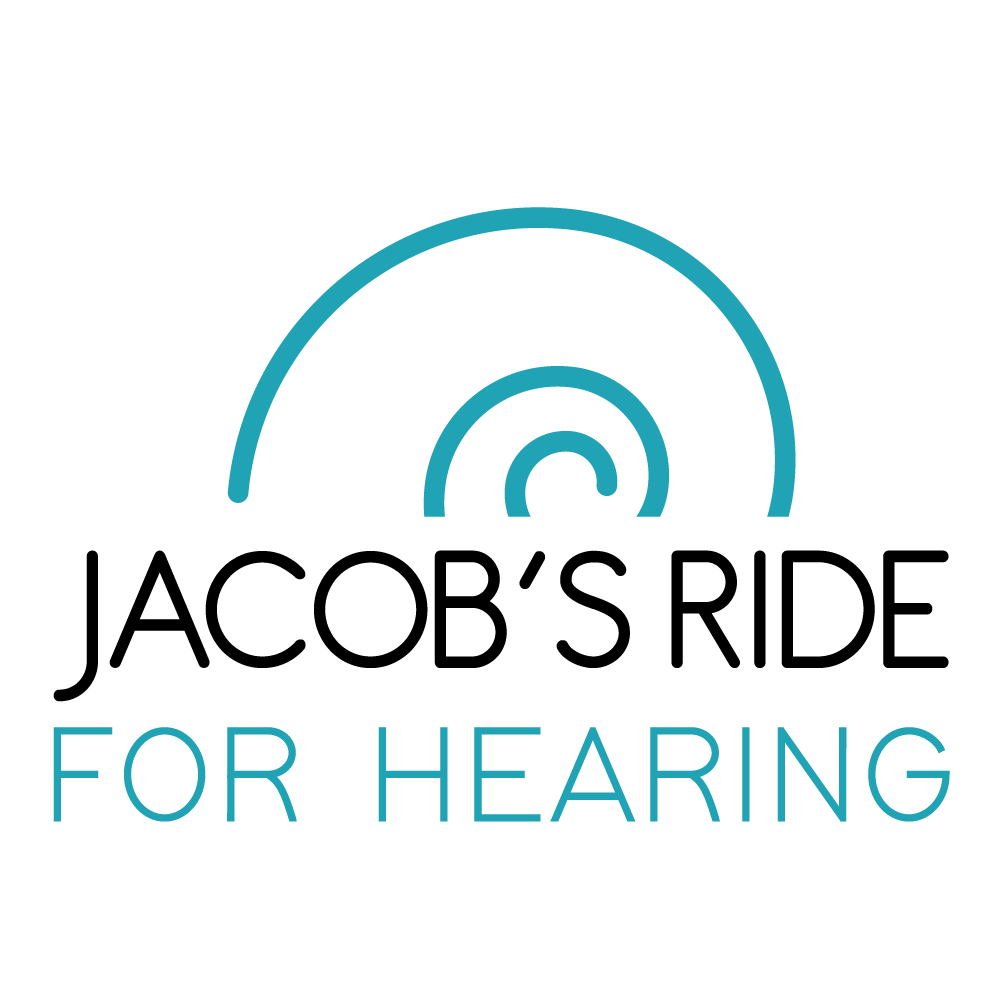The History
The basic technology and methodology of the implant has remained essentially unchanged throughout the past 30 years. Technological improvements have been seen with the size of the devices becoming much smaller and the surgery becoming less traumatic. Sound processing strategies have become more complex in order to block out background noise and wind.
In the regulatory world, the implant has had many successes in the past 30 years. The implant was first approved by the FDA for use in profoundly deaf adults in 1985 and for use in children two years or older in 1990. In 1998 candidacy was expanded to include severely deaf children/adults as well as the profoundly deaf. The age requirement dropped from 2 years to 18 months as well. In 2000 and 2014, further expansions of FDA-approved candidacy took place.One way to gauge whether a patient is a candidate or not is to test word and sentence scores.
From 1998, 2000, and 2014, sentence scores went from 40% to 50% to 60%, respectively. This represents a 50% increase in the amount of hearing an individual has to have before they are considered to have “too much” hearing to be a candidate. Testing previously only used sentence scores; now increasingly using single word test scores and hearing in noise.
FDA changes in guidelines are tied to changes in outcomes; greater numbers of younger children who receive implants are using Oral communication without sign language. Adults and children with severe/profound hearing loss have better outcomes with CIs than with hearing aids.
Even with the technological improvements and expanded candidacy, cochlear implants still have a lot of ground to cover. Cochlear implants are still under-utilized in the adult population and even more so in aging adults. Studies are underway to expand criteria, improve devices, and increase awareness of this life changing technology.
About Cochlear Implants
There are over 500,000 infants, children, and adults in the United States with severe-to-profound hearing loss. Hearing impairment is one of the most common birth defects in the country.
Cochlear implants are the most successful medical intervention for those profoundly deaf or severely hard-of-hearing. A small, complex electronic device, a CI does not amplify sound like a conventional hearing aid. Instead, it bypasses the damaged parts of the inner ear and delivers electrical impulses to the auditory nerve.
Current technology uses a microphone and speech processor worn outside of the ear, resembling a conventional hearing aid. The processor collects sound information and sends it to the surgically implanted device, which then delivers the signal to the brain via the auditory nerve.
While a CI does not restore normal hearing, it can give a deaf person a useful representation of sounds in the environment, including speech. Cochlear implants, coupled with post-operative therapy, can help young children to acquire speech and to function in the auditory world. Adults who have lost all or most of their hearing often can also benefit from cochlear implants, as they learn to associate the signal provided by an implant with sounds they remember.
The Cost
The cost of a cochlear implant ranges from $75,000 to $125,000. Candidates must first go through a detailed evaluation phase to determine if they will benefit from a CI. Once qualified, there are the actual surgical and hospital costs. There is an intensive post-operative therapy phase, as the recipient learns how to interpret the signals from the CI as sound. Afterward, there are periodic maintenance costs.
Although cochlear implants are covered by a number of insurance plans including Medicare and Medicaid, out-of-pocket costs vary widely. Increasingly, insurance companies are placing CI exclusions in their policies.








